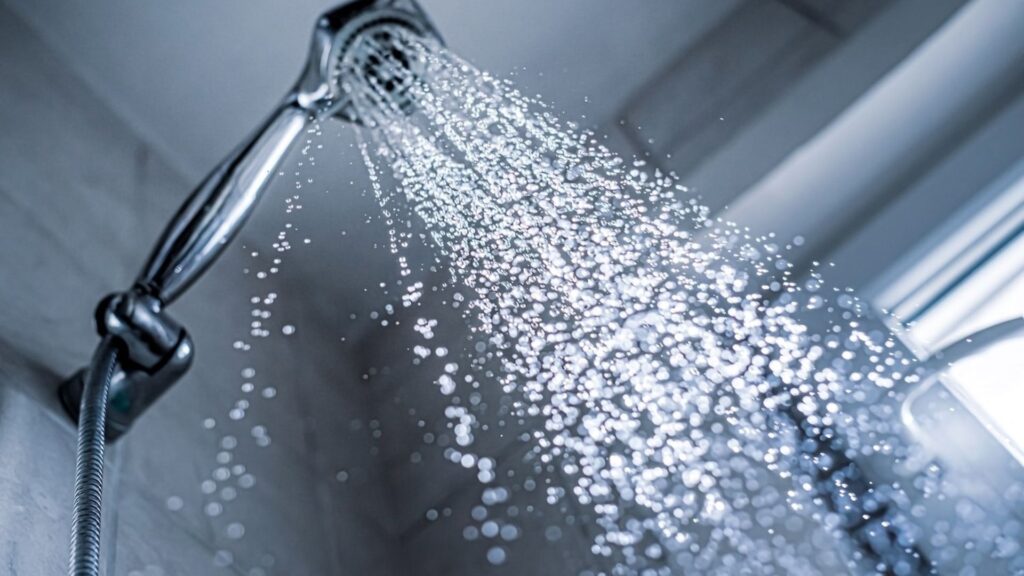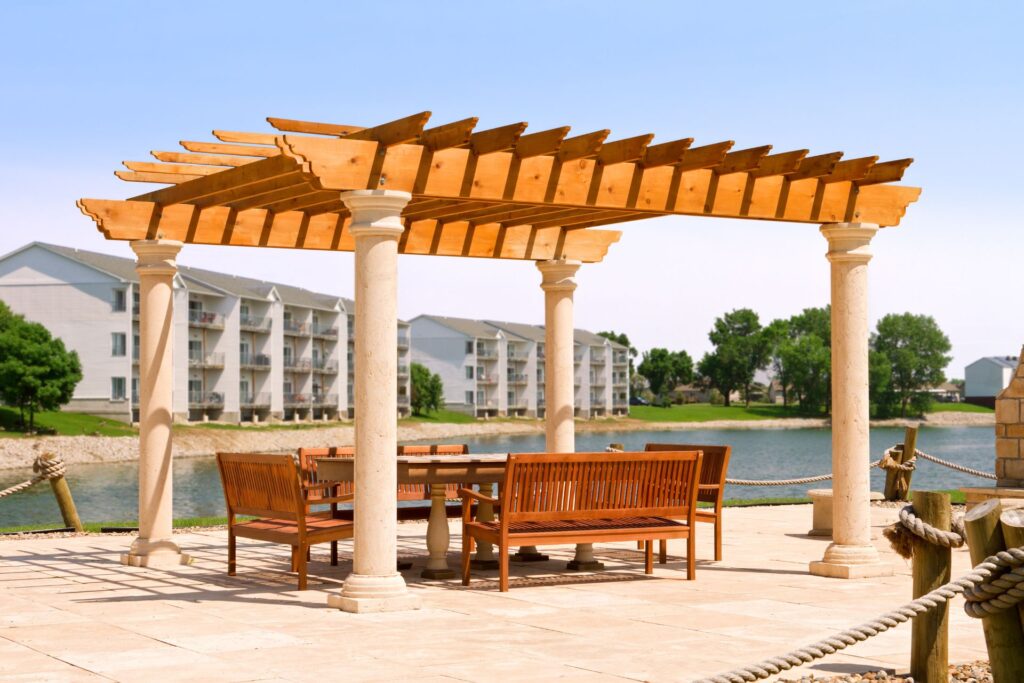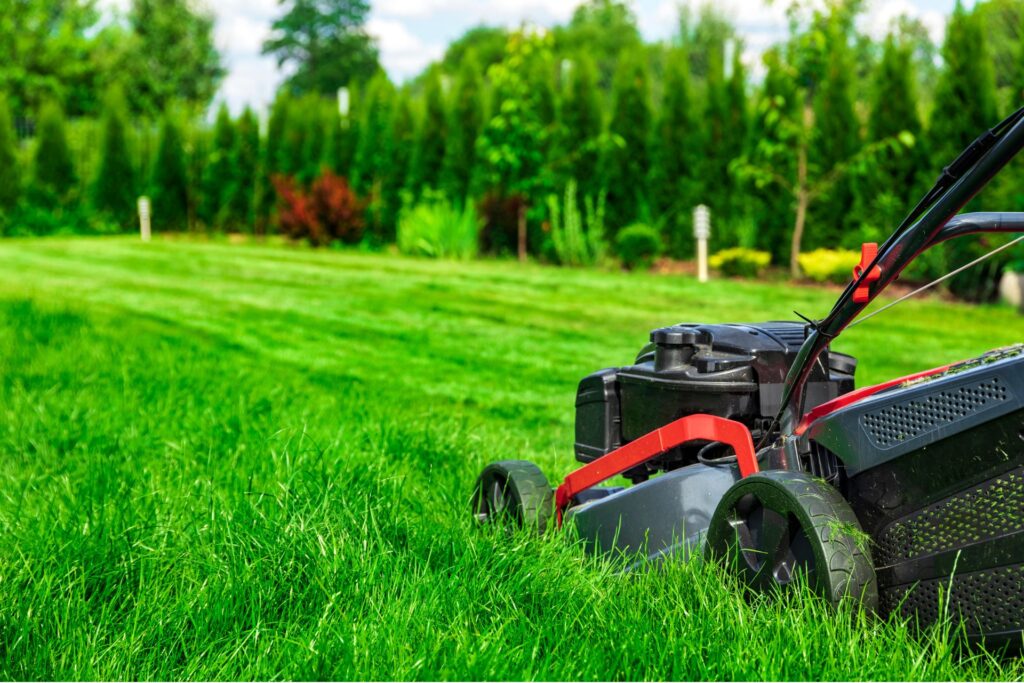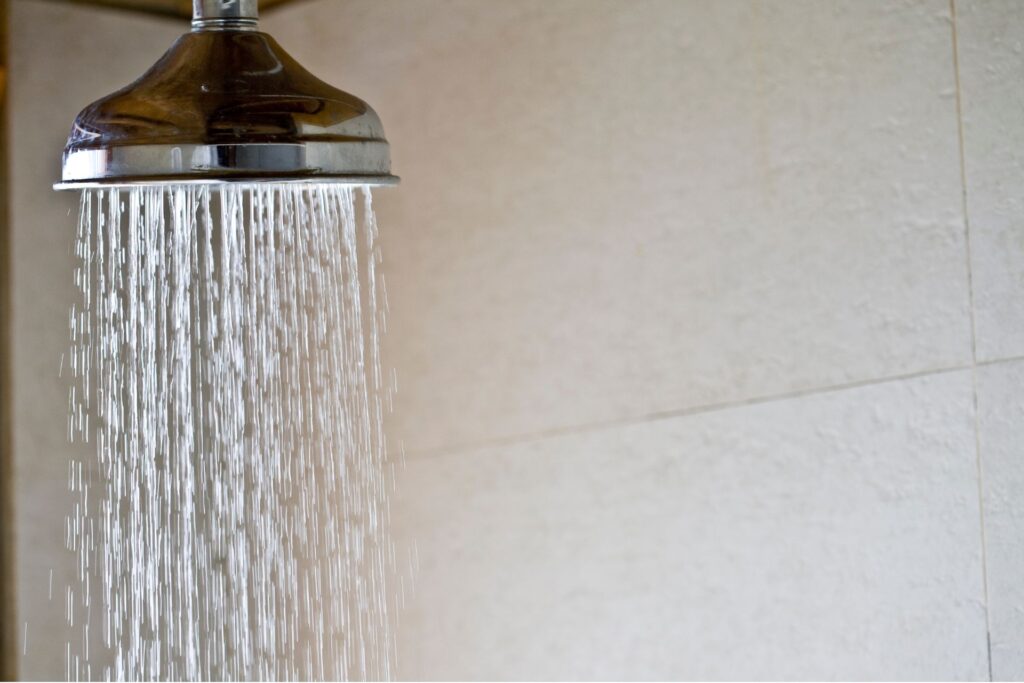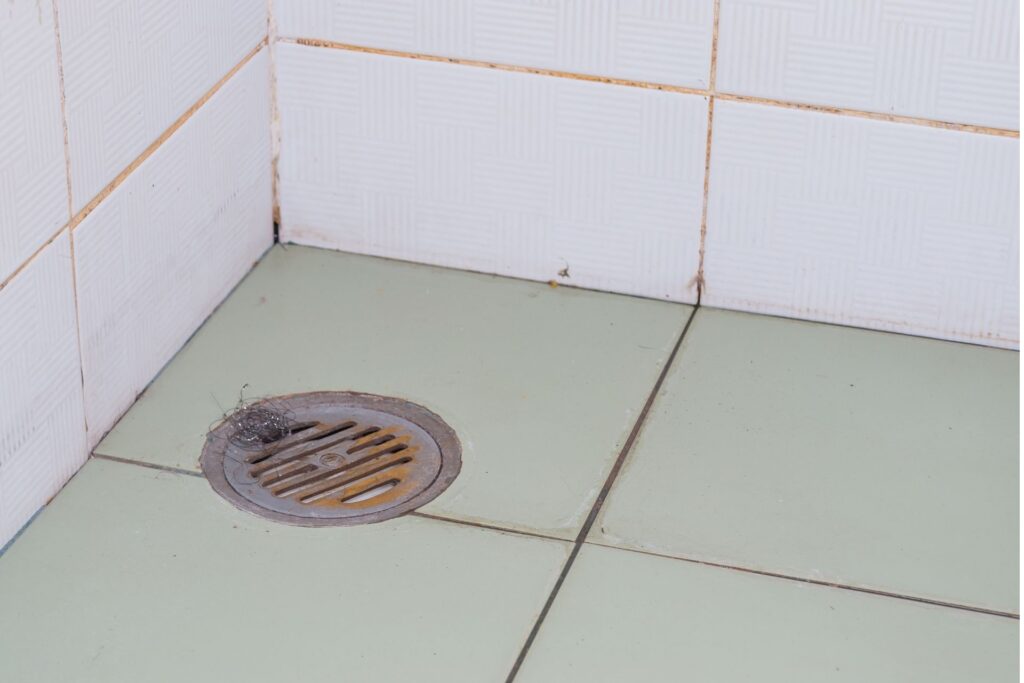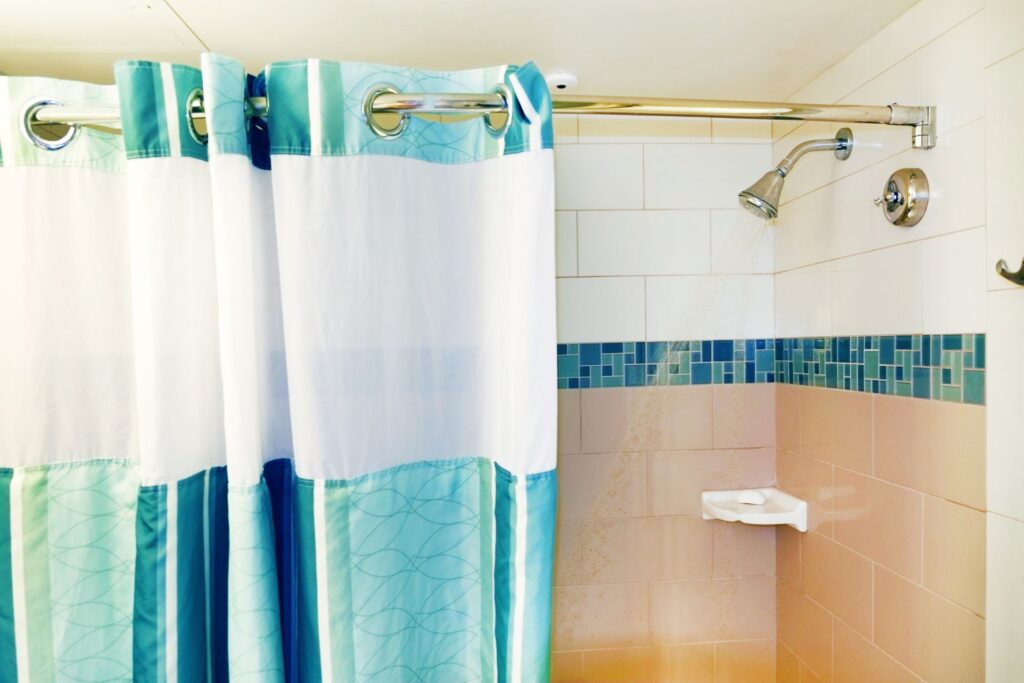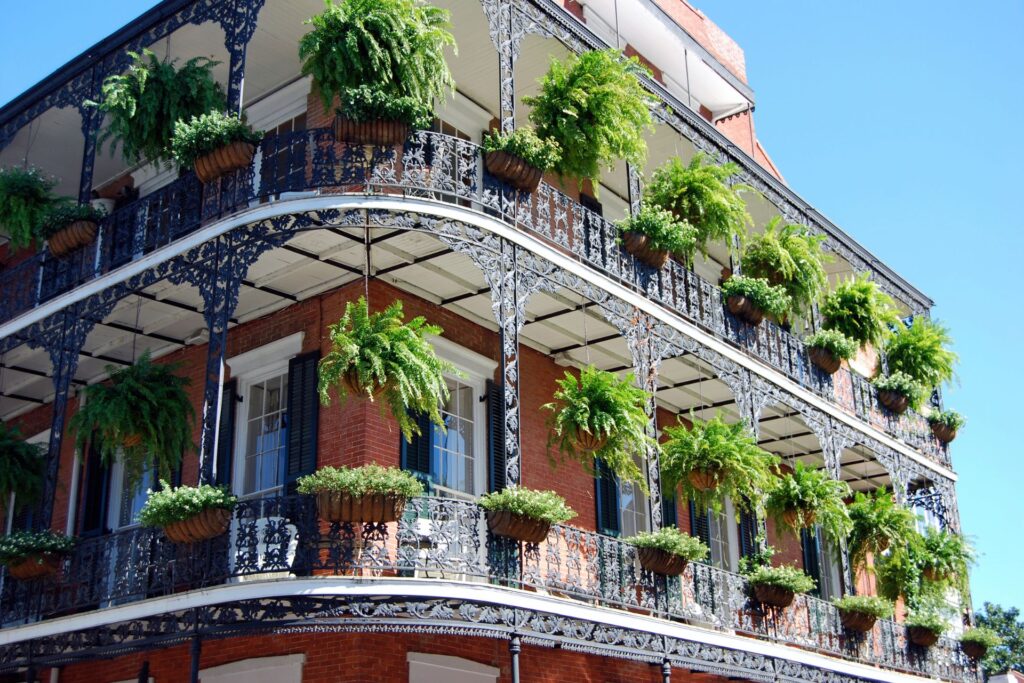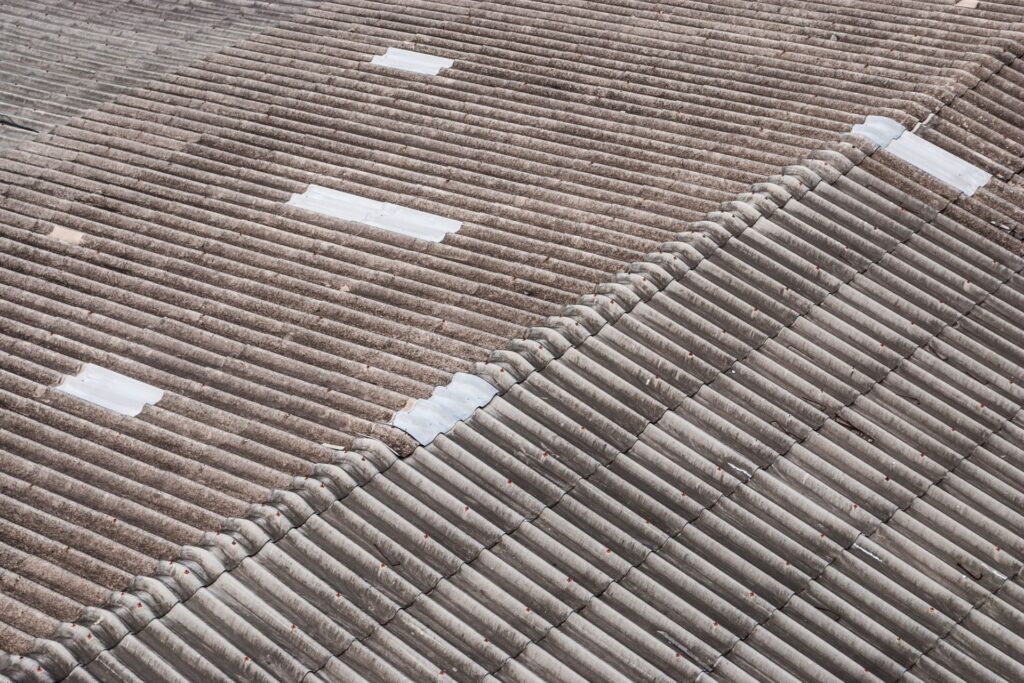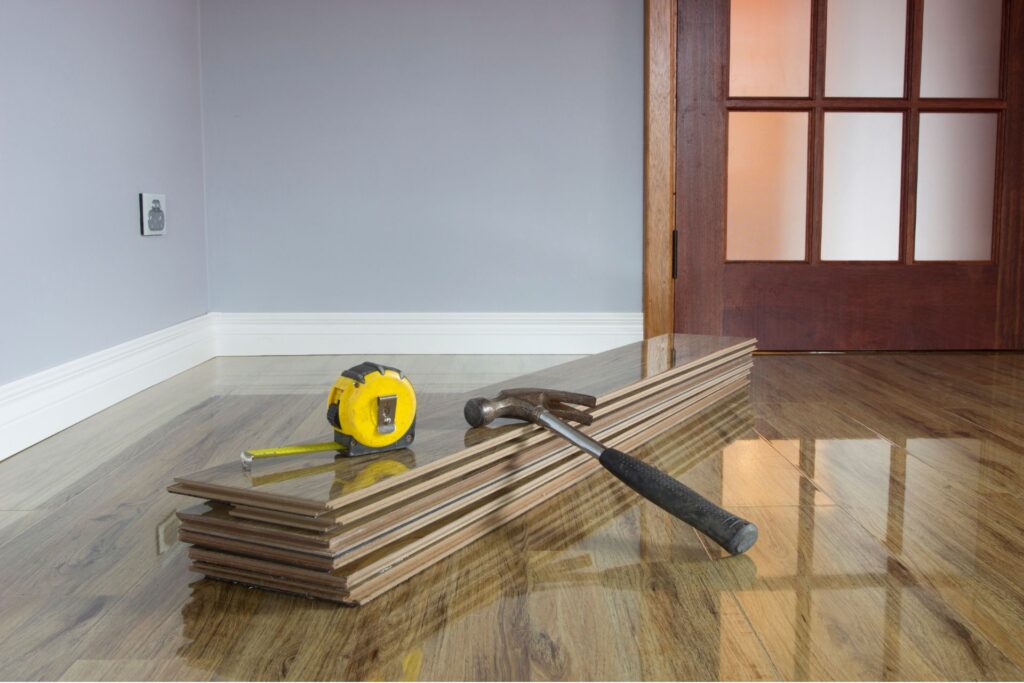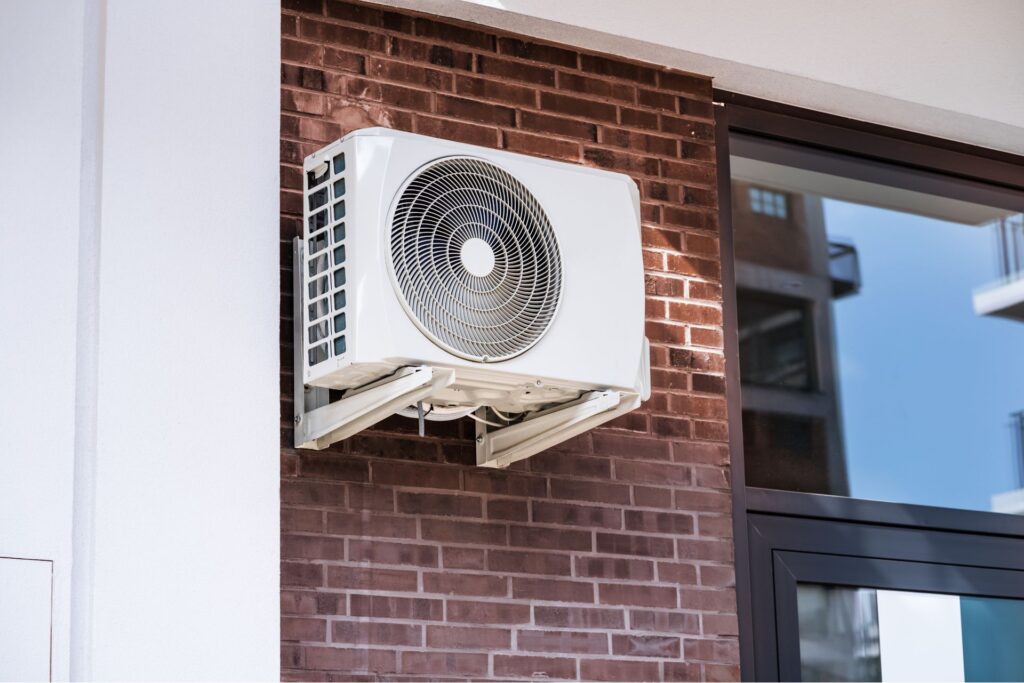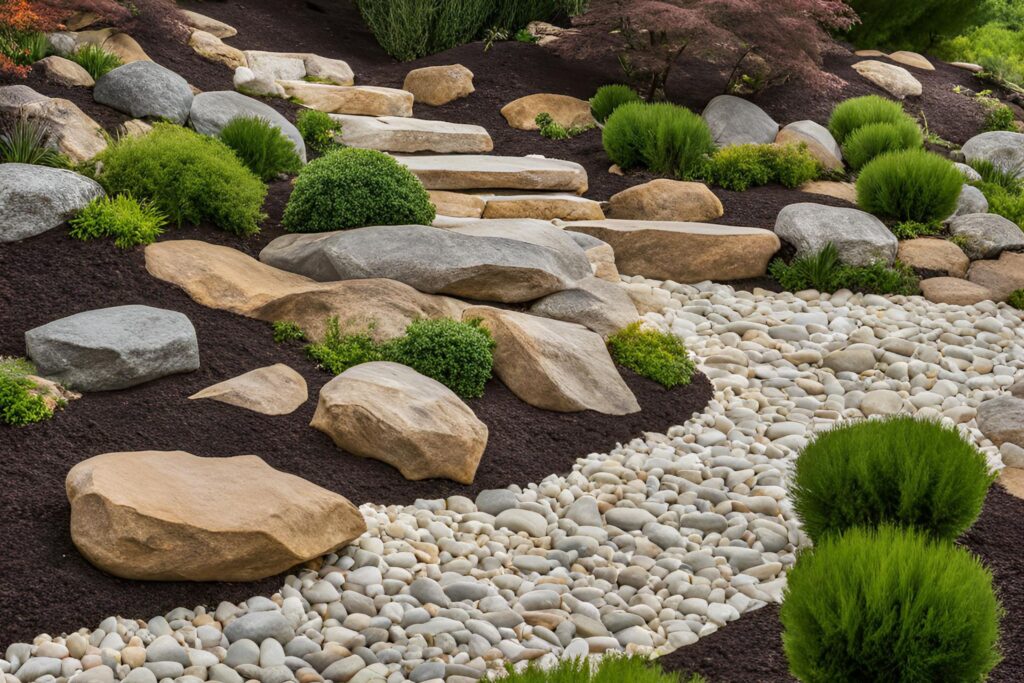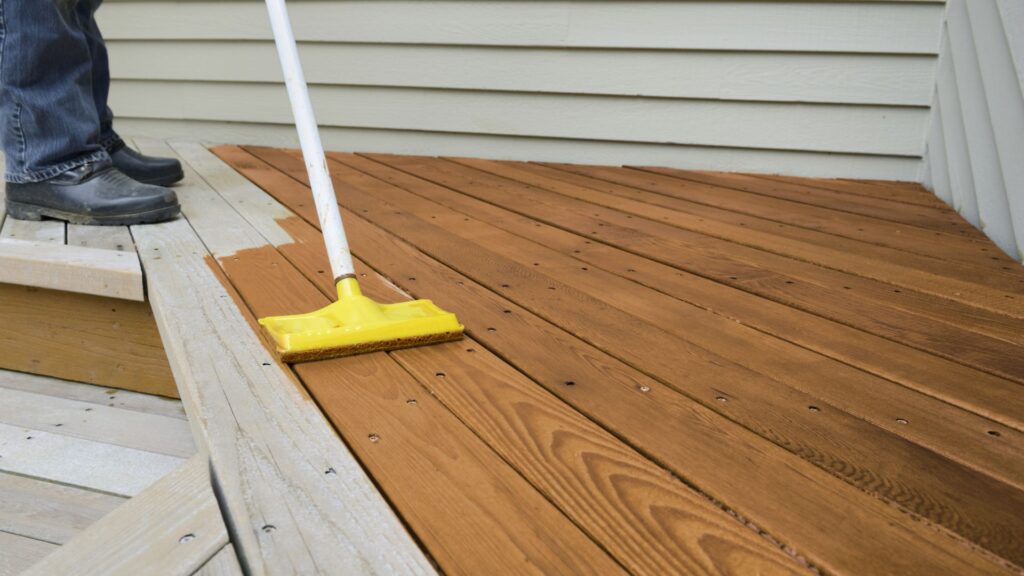Welcome to the ultimate guide on how to increase water pressure in your shower! If you’ve ever found yourself standing under a weak trickle of water when all you want is a refreshing, powerful shower, you know how frustrating low water pressure can be. Luckily, there are simple steps you can take to boost your shower’s flow and turn that disappointing drizzle into a rejuvenating stream. Whether it’s a quick fix like cleaning a clogged showerhead or addressing more complex plumbing issues, we’ll walk you through the common causes and practical solutions to help you enjoy a better shower experience in no time.
To increase water pressure in your shower, start by cleaning the showerhead to remove any mineral buildup, check for leaks in the plumbing, and ensure all valves are fully open. If these steps don’t help, you may need to remove the flow restrictor, adjust the pressure regulator, or consider installing a high-pressure showerhead or water pressure booster for a more effective solution.
- Common Causes Of Low Water Pressure In Showers
- Quick DIY Fixes To Boost Shower Water Pressure
- Advanced Solutions For Persistent Water Pressure Issues
- When To Call A Professional Plumber
- Preventative Measures To Maintain Good Water Pressure
- Environmental Considerations: Balancing Pressure And Conservation
- FAQs: About How To Increase Water Pressure In Shower
- Conclusion
- Find A Professional Bathroom Renovations Company Near You!
Common Causes Of Low Water Pressure In Showers
Low water pressure in the shower can turn a relaxing experience into a frustrating one. If you’ve ever been stuck under a weak stream of water, it’s important to understand that this issue can arise from several different sources. Here’s a breakdown of the most common causes of low water pressure in showers, along with simple checks and fixes.
Clogged Showerhead
One of the most common reasons for low water pressure in your shower is a clogged showerhead. Over time, mineral deposits, such as calcium and limescale, can build up and block the tiny holes in your showerhead, leading to a reduced water flow. This is especially true if you live in an area with hard water, which is rich in minerals.
To check if a clogged showerhead is the cause of your pressure woes, simply unscrew it and take a look at the nozzles. If you notice any visible buildup, this could be restricting the water flow. A quick DIY solution is to soak the showerhead in a mixture of vinegar and water overnight, which helps dissolve the mineral deposits. After soaking, use a small brush, like an old toothbrush, to scrub away any remaining debris. Once you reattach the showerhead, you should notice an improvement in water pressure.
If cleaning doesn’t help, or if the buildup is extensive, it might be time to replace the showerhead altogether, especially if it’s old or worn out.
Faulty Pressure Regulator
Another common cause of low water pressure in showers is a malfunctioning pressure regulator. The pressure regulator is a valve that controls the water pressure coming into your home. If it’s not functioning correctly, it can either reduce or increase water pressure. In the case of low water pressure, it’s possible the regulator is set too low or has worn out over time.
To check whether your pressure regulator is the problem, you may need to use a water pressure gauge. Attach it to an outdoor hose faucet, turn on the water, and check the pressure reading. If the reading is lower than the normal range (usually between 40 to 60 psi), your pressure regulator may need adjusting or replacing.
Signs of a faulty pressure regulator include not just low pressure in the shower but across other faucets in your home. If you’re unsure about making adjustments yourself, it’s best to call a professional plumber to inspect and either adjust or replace the regulator.
Plumbing Issues
Sometimes the issue is more deep-rooted, and the plumbing system itself may be the culprit. Older homes often have outdated or corroded pipes, which can restrict water flow over time. In extreme cases, these pipes may be partially blocked due to rust buildup, leading to decreased pressure in the shower.
Additionally, leaks in your plumbing system can also cause water pressure to drop. Even a small leak can divert water away from the shower, resulting in a weaker flow. To check for leaks, inspect visible pipes for any signs of water pooling, moisture, or corrosion. If you suspect a hidden leak, it’s best to consult a professional to avoid further damage to your plumbing system.
Another plumbing issue could be related to the pipe diameter. If the pipes in your home are too narrow, they may not be able to deliver the volume of water needed for optimal pressure. In this case, upgrading to pipes with a larger diameter might be necessary, although this requires a more extensive plumbing renovation.
Municipal Water Supply Issues
Sometimes, the issue is not within your home but with the municipal water supply. If your neighborhood or city is experiencing water pressure problems, it can directly affect the pressure in your shower. Municipal water systems can suffer from low pressure due to maintenance work, pipe bursts, or issues at the local water treatment plant.
To check if your local water supply is the problem, you can contact your water provider to inquire about any ongoing maintenance or pressure issues. Some water companies even post updates online regarding water pressure in certain areas. If you find that the issue is with the municipal supply, there’s not much you can do except wait for the problem to be resolved.
However, if low municipal pressure is a persistent issue, you could consider installing a water pressure booster system in your home. This can help to compensate for low city pressure and give you a more consistent flow in your shower.
Understanding the common causes of low water pressure in showers can help you diagnose and fix the issue quickly. Whether it’s as simple as cleaning your showerhead or as complex as addressing old pipes, knowing what to look for can save you time, money, and frustration.
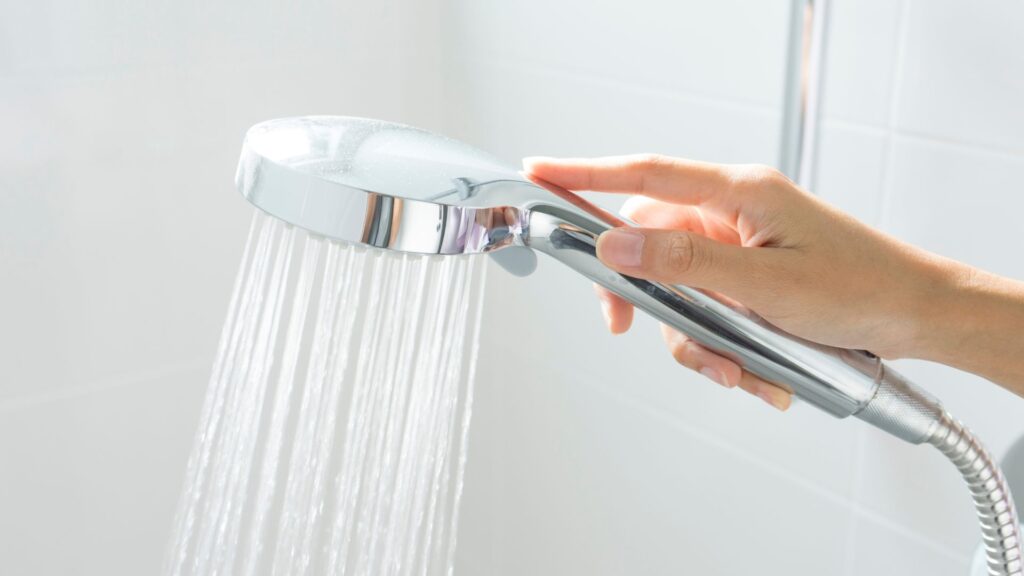
Quick DIY Fixes To Boost Shower Water Pressure
When your shower’s water pressure is lackluster, it can turn what should be a refreshing experience into a frustrating one. Fortunately, many issues that cause low water pressure can be fixed without calling in a plumber. Here are some quick and effective DIY solutions to help you boost water pressure in your shower.
Clean or Replace Your Showerhead
A clogged showerhead is one of the most common reasons for reduced water pressure. Over time, mineral deposits like limescale, calcium, and other debris can block the tiny holes in the showerhead, restricting water flow. Here’s a simple step-by-step guide to cleaning your showerhead.
- Remove the showerhead: Unscrew it carefully from the pipe, using a wrench if necessary.
- Soak in vinegar: Submerge the showerhead in a container filled with vinegar. Let it sit for at least 1-2 hours, or overnight if the buildup is significant. Vinegar’s acidity helps dissolve mineral deposits.
- Scrub and rinse: After soaking, use a soft brush (an old toothbrush works great) to scrub the nozzles and remove any remaining debris. Rinse the showerhead thoroughly with water.
- Reattach and test: Screw the showerhead back onto the pipe, tighten it gently, and turn on the shower to see if there’s an improvement.
If cleaning doesn’t make much difference, it might be time to consider replacing the showerhead. Older models can wear down over time, and newer, high-pressure showerheads are designed to improve water flow without using more water. Look for a model that balances pressure and water efficiency.
Check for Leaks in Your Plumbing
Leaks in your plumbing system can dramatically reduce water pressure, even if the leaks are small. Water that escapes through leaks doesn’t make it to your shower, and over time, leaks can also cause water damage and higher utility bills. Here’s how you can inspect for leaks.
- Examine exposed pipes: Check under sinks, in the basement, or around the house for visible leaks or moisture around pipes. Look for dripping or pooled water.
- Check for damp spots: If you notice wet patches on walls, ceilings, or floors, you may have a hidden leak. These areas might not be immediately visible but can point to larger problems.
- Monitor your water meter: To check for leaks that aren’t visible, turn off all water in the house, then check your water meter. Wait a few hours without using any water, and then check the meter again. If it’s moved, you likely have a leak.
Even a small leak can reduce water pressure, so it’s important to address it as soon as possible. If the leak is minor and in an accessible area, you may be able to patch it up yourself. However, for major leaks or leaks inside walls, it’s best to call a professional plumber.
Remove Flow Restrictors
Flow restrictors are often installed in showerheads to limit the amount of water that flows through, helping to conserve water. While they’re great for the environment, they can be frustrating if your water pressure is already low. Here’s how to remove the flow restrictor safely.
- Unscrew the showerhead: As with cleaning, remove the showerhead from the pipe.
- Locate the flow restrictor: Inside the neck of the showerhead, you’ll usually find a small, circular piece of plastic. It may be white or green, depending on the model.
- Remove the restrictor: Using needle-nose pliers or a small screwdriver, gently pry the flow restrictor out. Be careful not to damage other parts of the showerhead.
- Reattach and test: Screw the showerhead back on and turn on the water. You should notice an immediate improvement in water pressure.
Keep in mind that removing a flow restrictor may increase water usage, so only do this if you’re sure that the pressure is a persistent problem. It’s also worth checking if there are local regulations regarding water conservation that might restrict removing flow limiters.
Ensure Valves Are Fully Open
Sometimes, the issue with water pressure can be as simple as a partially closed valve. Your home has several water valves that control water flow, and if any of these are only halfway open, you could experience lower water pressure in the shower. Here’s how to check them:
- Main shut-off valve: Locate the main water shut-off valve for your home, usually near where the water supply enters the house. Make sure the valve is fully open by turning it counterclockwise.
- Shower valve: Some showers also have individual shut-off valves, typically located behind the wall or near the water lines. Ensure these are fully open.
By checking and opening these valves fully, you can often restore your shower’s water pressure instantly. Just make sure not to overtighten the valves, as this can cause wear over time.
Install a Shower Pump or Booster
If none of the above fixes work and your water pressure is consistently low, you may want to consider installing a shower pump or water pressure booster. A pump works by increasing the flow of water through your pipes, providing a more powerful shower experience. Here’s a brief overview of how it works.
- Shower pumps: These devices are installed in your plumbing system and boost the water pressure flowing to your shower. They’re particularly effective in homes with gravity-fed systems, where water is stored in a tank and doesn’t have much natural pressure.
- Water pressure boosters: Similar to a shower pump, a water pressure booster increases the pressure throughout your entire home, not just in the shower. This is a more comprehensive solution for households facing widespread pressure issues.
Installing a shower pump or booster can be a more complex project, especially if you’re not familiar with plumbing. While it’s possible to install one yourself if you’re comfortable with the task, many people prefer to hire a professional plumber to ensure the job is done correctly.
By following these DIY tips, you can improve your shower’s water pressure and enjoy a better, more powerful shower experience. These simple steps often solve the problem, but if you’re still struggling, more advanced solutions like upgrading your plumbing or installing a pressure booster might be necessary.
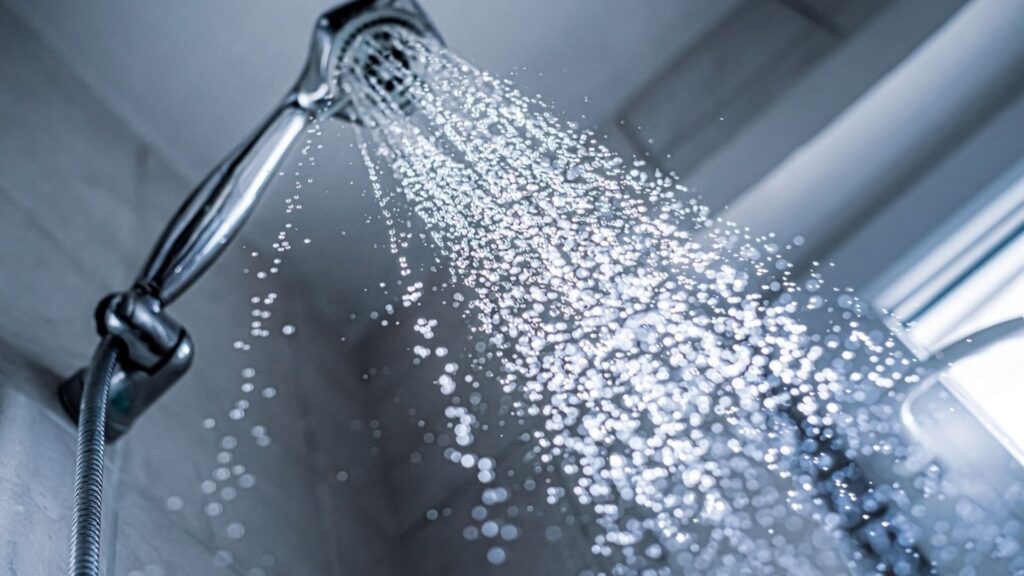
Advanced Solutions For Persistent Water Pressure Issues
When quick fixes like cleaning the showerhead or checking for leaks don’t resolve your low water pressure issues, it’s time to look into more advanced solutions. These methods address deeper problems within your plumbing system, ensuring you get the best possible water flow for your daily shower. Below are the most effective advanced strategies to increase water pressure in your shower.
Adjust or Replace the Pressure Regulator
A pressure regulator is a device that controls the water pressure entering your home from the municipal supply. If your shower is experiencing persistent low pressure, the regulator might need adjustment. First, you can test your home’s water pressure using a pressure gauge, which is available at most hardware stores. Attach the gauge to an outdoor faucet, turn the water on, and see what the gauge reads. Ideal household water pressure typically falls between 40 and 60 psi (pounds per square inch). If it’s lower than this, your pressure regulator may be the issue.
In some cases, a simple adjustment can fix the problem. You can adjust the regulator by turning the screw or bolt on the device to increase or decrease pressure. However, this process can be tricky, especially if you’re not familiar with plumbing systems. If the pressure regulator is faulty or too old to function properly, it may need to be replaced altogether. Replacing a pressure regulator requires some expertise, so if you’re unsure about doing it yourself, it’s best to call a professional plumber. A faulty or improperly adjusted pressure regulator can not only cause low water pressure but may also lead to other plumbing problems down the line, so handling it correctly is crucial.
Upgrade Old Pipes
If your home has old, corroded pipes, they could be the culprit behind your low water pressure. Over time, galvanized steel pipes, which are commonly found in older homes, can rust and become blocked by mineral buildup, restricting water flow. Upgrading to modern materials like copper or PEX (cross-linked polyethylene) pipes can greatly improve water pressure and ensure a more efficient water supply.
Copper pipes are durable, long-lasting, and resistant to corrosion, making them a solid choice for any home upgrade. PEX pipes are also highly flexible, resistant to scale and chlorine, and easier to install compared to rigid copper pipes. Both options can improve water pressure by increasing the flow of water to your shower, especially if your current pipes are too narrow or clogged with debris.
Investing in new pipes isn’t just a short-term fix—it’s a long-term solution that can provide consistent water pressure throughout your home. Plus, modern pipes are less prone to leaks and other issues, which means fewer repairs and maintenance costs down the road. While upgrading pipes can be a larger project, it’s well worth the investment, particularly in older homes where water pressure problems are common.
Install a High-Pressure Showerhead
If your water pressure is low despite everything else being in working order, a high-pressure showerhead could be the solution. High-pressure showerheads are designed to maximize the water flow even in homes with lower pressure systems. When shopping for a high-pressure showerhead, look for features like aeration and pressure-boosting technology. These designs mix air with water, creating a more forceful stream without increasing water usage.
Many modern high-pressure showerheads are also designed to be water-efficient, so you don’t have to worry about increasing your water bills or wasting resources. Opt for showerheads with adjustable settings so you can switch between a more powerful jet and a gentle spray, depending on your preference.
Installation is usually straightforward and can be done without the need for professional help. By simply swapping out your old showerhead for a high-pressure model, you can experience a noticeable difference in water flow. It’s a quick, cost-effective fix that can significantly improve your showering experience.
Water Softening Systems
Hard water, which contains high levels of calcium and magnesium, can cause mineral buildup in your pipes and fixtures, reducing water pressure over time. This buildup, known as scale, restricts water flow and can clog showerheads, faucets, and even your home’s plumbing system. If you live in an area with hard water, installing a water softening system can be a game-changer for maintaining good water pressure.
A water softener works by removing the minerals that cause hard water, replacing them with sodium or potassium ions. As a result, your pipes remain clear, and your showerhead won’t suffer from frequent clogging due to scale buildup. Additionally, soft water is gentler on your skin and hair, making it a bonus for your overall shower experience.
By installing a water softening system, not only will you help maintain optimal water pressure, but you’ll also extend the life of your plumbing fixtures and appliances. Over time, hard water can damage pipes, water heaters, and dishwashers, so investing in a softening system can save you from costly repairs and replacements down the road. While installing a water softening system is a larger project, the long-term benefits for both your plumbing and shower experience make it a worthy investment.
These advanced solutions can address the root causes of persistent water pressure issues, ensuring that you enjoy a strong, steady shower every day. Whether you need to adjust your pressure regulator, replace old pipes, install a high-pressure showerhead, or tackle hard water with a softening system, each option provides a long-term fix for a frustrating problem. If you’re not comfortable tackling these solutions yourself, don’t hesitate to call in a professional plumber who can help you implement these upgrades safely and effectively.

When To Call A Professional Plumber
Sometimes, no matter how many DIY fixes you try, the issue of low water pressure persists. While some problems can be solved with simple adjustments or replacements, there are moments when it’s time to hand the job over to a professional. Understanding when to call a plumber can save you time, money, and prevent further damage to your home’s plumbing system. Below, we’ll explore the most common scenarios where a professional plumber’s expertise is essential.
Complex Plumbing Issues
Low water pressure can sometimes signal a larger plumbing issue within your home. If you’ve already cleaned your showerhead, checked for leaks, and ensured the valves are fully open but the water pressure remains weak, it could be due to a more complicated problem. For instance, the pipes in your home might be corroded or damaged, leading to blockages that restrict water flow. Alternatively, your home may have outdated plumbing materials that need to be upgraded.
Signs that the problem is more complex include inconsistent water pressure throughout the house, visible rust or discoloration in your water, or recurring low pressure even after attempting several fixes. A professional plumber will have the necessary tools and expertise to diagnose these deeper issues, such as using cameras to inspect your pipes or testing the overall water pressure in your system. By addressing the root cause, a plumber can prevent the issue from escalating into something more costly, like a burst pipe or extensive water damage.
Difficulty with Pressure Regulator
The pressure regulator is a key component in maintaining the water pressure in your home. If it’s malfunctioning, you might experience low pressure not just in the shower but across all your faucets. While some homeowners might attempt to adjust or replace the pressure regulator themselves, it’s important to understand that this can be a tricky process.
Firstly, the regulator is usually installed near your main water line, and improper handling can lead to further pressure problems or even damage your plumbing system. Adjusting it incorrectly can result in too high or too low pressure, potentially causing other issues like leaks or pipe bursts. Replacing a faulty pressure regulator requires both plumbing knowledge and the right tools to ensure it’s properly installed and calibrated to your home’s needs.
A professional plumber has the experience to fine-tune or replace the pressure regulator safely, ensuring optimal water pressure throughout your home. They can also test the regulator’s performance to ensure it’s functioning properly after installation.
Leaky Pipes and Pipe Replacement
One of the most common causes of low water pressure is leaking pipes. While small leaks might not seem like a big deal, they can lead to significant drops in pressure and, over time, contribute to water damage and higher utility bills. DIY repairs like patching leaks or using temporary fixes may work for minor issues, but they’re often not enough for larger or recurring problems.
If you’ve identified leaks or suspect that your pipes are worn out, especially in an older home, it’s time to call a plumber. Professional plumbers can locate hidden leaks, assess the condition of your pipes, and recommend the best course of action. In some cases, they might suggest replacing sections of pipe, particularly if they’ve been weakened by corrosion or if they’re made from outdated materials like galvanized steel.
Replacing pipes is a job that requires precision and knowledge of building codes, so it’s not something that should be attempted without proper training. A plumber will be able to replace pipes with durable, modern materials like copper or PEX, ensuring long-lasting performance and eliminating the risk of future leaks.
Calling a professional plumber is often the best solution when low water pressure is tied to complex plumbing systems, pressure regulator issues, or leaking pipes. By consulting an expert, you can save yourself the hassle of temporary fixes and enjoy consistent, strong water pressure in your home for the long term.

Preventative Measures To Maintain Good Water Pressure
Maintaining good water pressure in your shower isn’t just about quick fixes when things go wrong; it’s also about taking preventative steps to ensure you don’t run into issues in the first place. With a few simple maintenance habits, you can enjoy a strong, consistent shower stream for the long term. Here’s what you can do to keep your water pressure in top shape.
Regular Showerhead Cleaning
One of the easiest and most effective ways to maintain good water pressure is through regular cleaning of your showerhead. Over time, mineral buildup, especially in areas with hard water, can clog the nozzles of the showerhead, restricting water flow. This buildup usually consists of limescale and other minerals naturally found in tap water, which accumulate slowly but can significantly reduce your shower’s pressure.
A good rule of thumb is to clean your showerhead every three to six months. You can use a simple DIY solution of vinegar and water to soak the showerhead and dissolve the mineral deposits. For a more thorough clean, remove the showerhead and soak it overnight, then use a toothbrush or soft brush to scrub away any stubborn residue. By doing this regularly, you’ll prevent buildup from becoming severe, ensuring a steady, strong water flow.
Monitor for Leaks and Fix Them Early
Leaks in your plumbing system can have a significant impact on water pressure, often going unnoticed until they cause real damage. Even a small, hidden leak can reduce the water pressure in your shower because water is escaping from the system before it reaches the showerhead. Worse, ignoring leaks can lead to bigger, more expensive problems down the line, such as water damage or mold growth.
To stay ahead of potential issues, it’s important to inspect your plumbing regularly. Start with visible areas like under sinks or around faucets. Listen for sounds of dripping or running water when no fixtures are in use. If you suspect a leak but can’t find the source, it may be time to call in a professional plumber to conduct a more thorough inspection. Catching leaks early will not only protect your home but also help maintain optimal water pressure throughout your plumbing system.
Periodic Pressure Checks
Checking your water pressure periodically is a simple yet effective way to keep things running smoothly. Ideally, the water pressure in your home should fall between 40 and 60 psi (pounds per square inch). If the pressure is too low, you’ll experience weak water flow; if it’s too high, it can put unnecessary strain on your plumbing and even damage your pipes.
To check your water pressure, you’ll need a water pressure gauge, which can be easily purchased at a hardware store. Attach the gauge to an outdoor faucet or another fixture, and turn the water on fully. This will give you a reading of the current pressure level. If the pressure is too low, you may need to adjust your pressure regulator or investigate for other issues like leaks or clogged pipes. On the other hand, if it’s too high, a plumber can help you adjust the regulator to prevent any potential damage.
Stay on Top of Municipal Updates
Sometimes, low water pressure isn’t a result of anything in your home but rather an issue with the municipal water supply. City-wide maintenance, repairs, or changes in water pressure can affect the flow to your home. It’s important to stay informed about any updates or work being done by your local water authority.
Many cities provide notifications for water maintenance or outages through websites, local news, or even apps. By staying on top of these updates, you can anticipate potential drops in pressure and plan accordingly. If you’re consistently experiencing low pressure and haven’t found any issues in your home’s plumbing, it’s worth reaching out to your water provider to inquire about potential ongoing issues or to see if other residents are reporting similar problems.
By following these preventative measures, you’ll not only ensure a strong, steady water flow in your shower but also prolong the life of your plumbing system and reduce the need for costly repairs. Regular maintenance and awareness go a long way in keeping everything running smoothly.
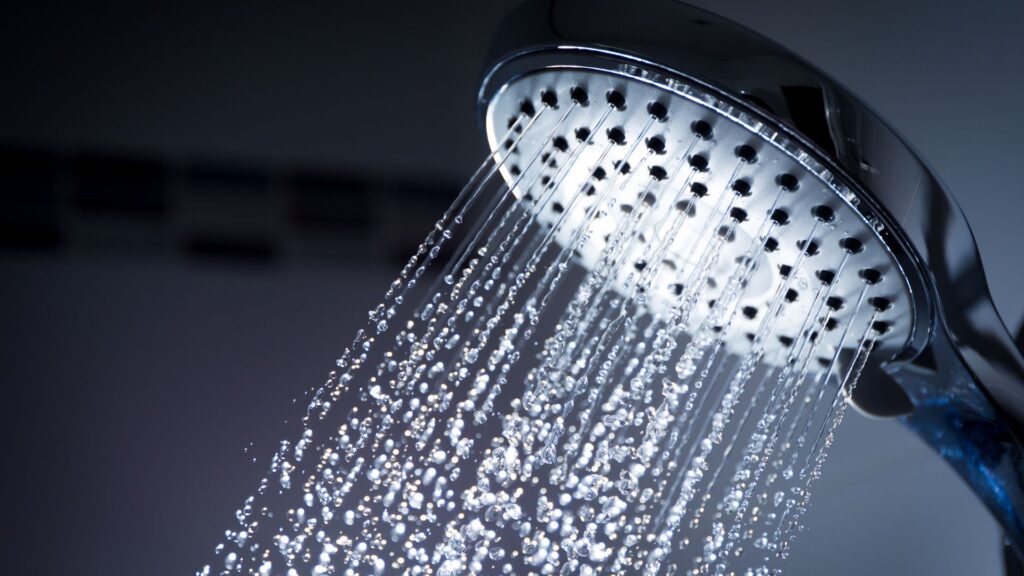
Environmental Considerations: Balancing Pressure And Conservation
In today’s world, striking a balance between a powerful shower and conserving water is more important than ever. While increasing water pressure is desirable for comfort and functionality, it’s also crucial to be mindful of environmental impact. Fortunately, there are ways to boost your shower’s water pressure without wasting this precious resource. Let’s explore how you can balance pressure and water conservation effectively.
Understanding the Role of Water-Saving Showerheads
Water-saving showerheads have gained popularity as an eco-friendly option, but they often leave people concerned about sacrificing water pressure. These showerheads are designed to limit the flow of water, typically to about 2.0 gallons per minute (GPM), compared to traditional showerheads that may use up to 2.5 GPM or more. However, modern advancements have allowed manufacturers to create water-saving showerheads that still deliver a satisfying experience.
The key to achieving the right balance lies in understanding how these showerheads work. Instead of focusing on water volume, many eco-friendly designs use air infusion technology to maintain water pressure. Essentially, they mix air with water to create a strong, consistent flow while reducing the amount of water being used. This means you can still enjoy a powerful shower while cutting down on water consumption, which is both environmentally responsible and cost-effective.
Energy and Water Efficiency Tips
Maintaining good water pressure while conserving water doesn’t stop at choosing the right showerhead. There are several strategies you can implement to keep your showers efficient without compromising on comfort.
Tip 1: Monitor Your Water Usage
One simple but effective way to conserve water is by being mindful of your usage. Reducing the length of your showers can save gallons of water without needing to compromise on pressure. Even shaving off just a minute or two can make a big difference over time.
Tip 2: Upgrade to Efficient Plumbing
Older homes with outdated plumbing systems may struggle with maintaining both water pressure and efficiency. Upgrading to modern pipes like copper or PEX (cross-linked polyethylene) not only helps in improving water flow but also reduces water waste. Newer plumbing materials tend to be more resistant to corrosion and mineral buildup, ensuring your system runs smoothly and efficiently.
Tip 3: Install a Water Pressure Booster
For households struggling with low water pressure, installing a water pressure booster is an effective solution that doesn’t waste water. These devices increase the flow without requiring more water. They work by boosting the pressure in your plumbing system, ensuring you get the strong shower you desire while keeping overall water usage in check.
Tip 4: Fix Leaks Promptly
One of the most overlooked ways to conserve water is by fixing leaks. Even a small leak can waste significant amounts of water over time, which also affects water pressure. Regularly inspect your plumbing and fix any leaks as soon as they appear to maintain optimal efficiency and prevent water waste.
Tip 5: Consider a Whole-House Water Softener
In areas with hard water, mineral buildup can reduce water flow and pressure over time. Installing a water softener not only helps protect your pipes from scaling but also ensures your water pressure remains strong without needing to increase the flow rate. As an added bonus, it helps your appliances last longer, reducing overall energy and water usage in your home.
By balancing water pressure and conservation, you can enjoy a satisfying shower while contributing to a more sustainable lifestyle. Using modern water-saving showerheads, upgrading plumbing systems, and employing energy-efficient habits allow you to have the best of both worlds: great water pressure and responsible water usage.

FAQs: About How To Increase Water Pressure In Shower
Conclusion
In conclusion, low water pressure in your shower can stem from various causes, such as a clogged showerhead, faulty pressure regulator, plumbing leaks, or even issues with your municipal water supply. Fortunately, there are several practical solutions you can try, from simple DIY fixes like cleaning or replacing your showerhead, checking for leaks, and removing flow restrictors, to more advanced options like adjusting the pressure regulator or installing a water pressure booster. By identifying the root cause and taking appropriate action, you can significantly enhance your shower experience. If you’ve tried any of these methods or have additional questions, we encourage you to share your experience or ask for advice in the comments below.
Find A Professional Bathroom Renovations Company Near You!
- Bathroom Renovations Alexandra
- Bathroom Renovations Alexandra, Clyde & Cromwell
- Bathroom Renovations Auckland
- Bathroom Renovations Cambridge
- Bathroom Renovations Central Otago
- Bathroom Renovations Christchurch
- Bathroom Renovations Clyde
- Bathroom Renovations Cromwell
- Bathroom Renovations East Auckland
- Bathroom Renovations Hamilton
- Bathroom Renovations Hastings
- Bathroom Renovations Hawkes Bay
- Bathroom Renovations Invercargill
- Bathroom Renovations Kapiti Coast
- Bathroom Renovations Levin
- Bathroom Renovations Lower Hutt
- Bathroom Renovations Napier
- Bathroom Renovations Nelson
- Bathroom Renovations New Plymouth
- Bathroom Renovations North Shore
- Bathroom Renovations Palmerston North
- Bathroom Renovations Porirua
- Bathroom Renovations Queenstown
- Bathroom Renovations South Auckland
- Bathroom Renovations Te Awamutu
- Bathroom Renovations Upper Hutt
- Bathroom Renovations Wanaka
- Bathroom Renovations Warkworth
- Bathroom Renovations Wellington
- Bathroom Renovations West Auckland
- Bathroom Renovations Kerikeri
- Bathroom Renovations Paihia
- Bathroom Renovations Tauranga
About the Author:
Mike Veail is a recognized digital marketing expert with over 6 years of experience in helping tradespeople and small businesses thrive online. A former quantity surveyor, Mike combines deep industry knowledge with hands-on expertise in SEO and Google Ads. His marketing strategies are tailored to the specific needs of the trades sector, helping businesses increase visibility and generate more leads through proven, ethical methods.
Mike has successfully partnered with numerous companies, establishing a track record of delivering measurable results. His work has been featured across various platforms that showcase his expertise in lead generation and online marketing for the trades sector.
Learn more about Mike's experience and services at https://theleadguy.online or follow him on social media:

